The Best Companion Plants For Trilliums
The Best Companion Plants for Trilliums
Trilliums are beautiful woodland wildflowers that are native to North America. They come in a variety of colors, including white, pink, purple, and yellow. Trilliums are shade-tolerant plants that prefer moist, well-drained soil. They are relatively easy to care for, but they can be susceptible to deer browsing.
One of the best ways to protect trilliums from deer is to plant them with companion plants. Companion plants are those that deter deer or provide some other benefit to trilliums. Some of the best companion plants for trilliums include:
- Hepaticas. Hepaticas are another type of woodland wildflower that is native to North America. They come in a variety of colors, including white, pink, and purple. Hepaticas have similar growing conditions to trilliums, and they can help to deter deer.

- Epimediums. Epimediums are a type of flowering groundcover that is native to Asia. They come in a variety of colors, including white, pink, red, and purple. Epimediums are deer-resistant, and they can help to suppress weeds around trilliums.
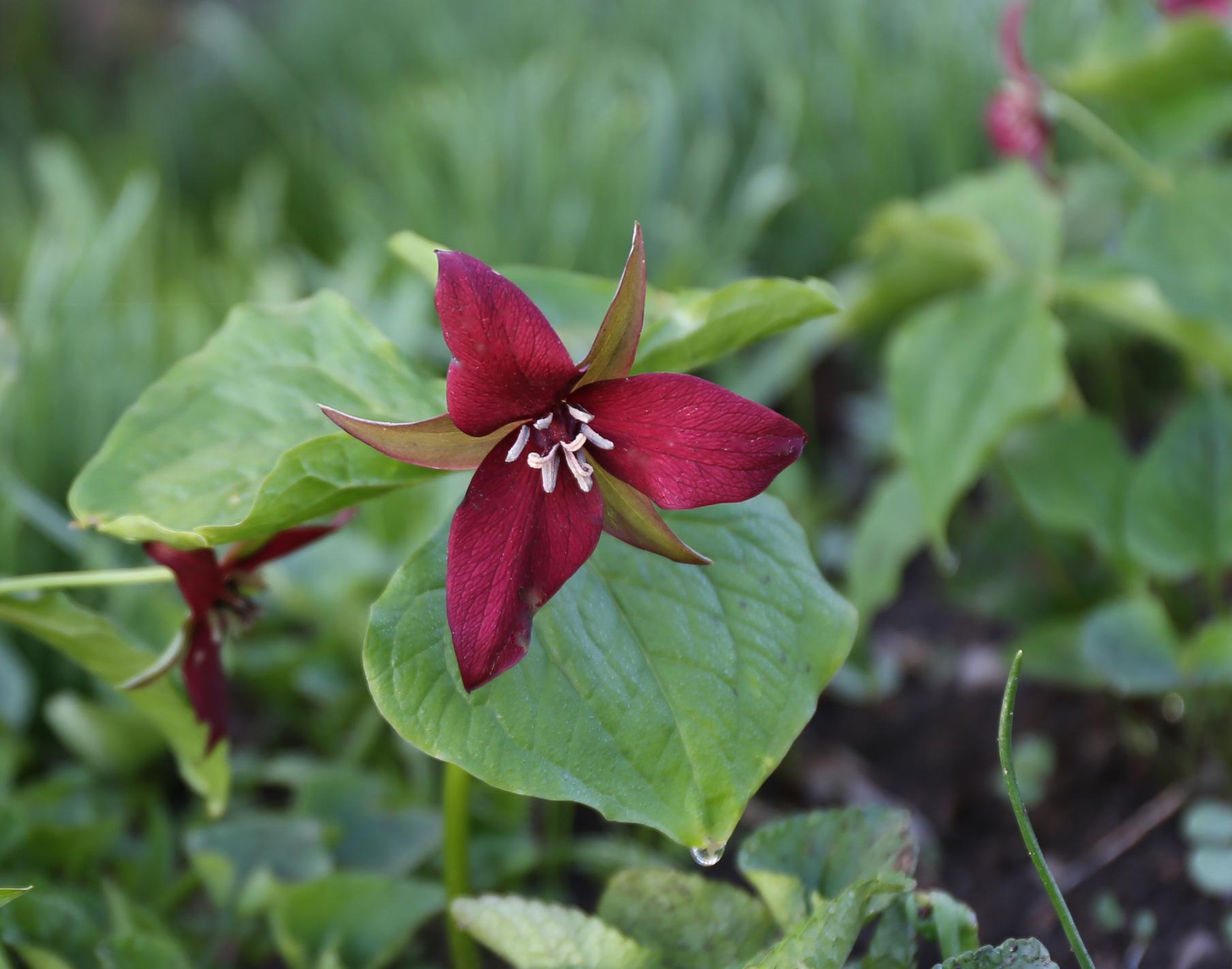
- Erythroniums. Erythroniums are a type of spring-blooming bulb that is native to North America. They come in a variety of colors, including white, pink, and yellow. Erythroniums are deer-resistant, and they can help to add early spring color to the garden.

- Primulas. Primulas are a type of spring-blooming wildflower that is native to Europe and Asia. They come in a variety of colors, including white, pink, yellow, and purple. Primulas are deer-resistant, and they can help to add early spring color to the garden.
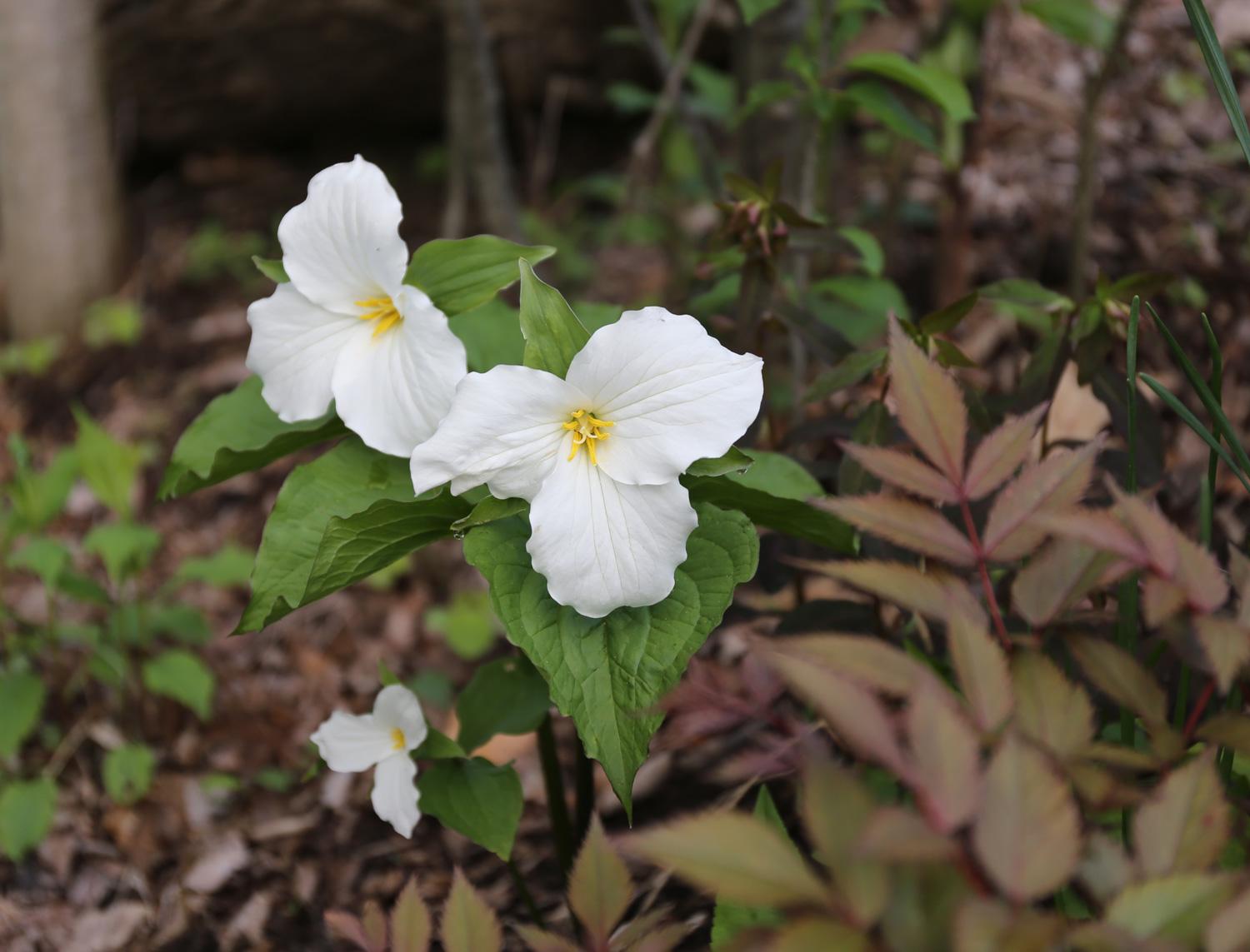
- Cyclamens. Cyclamens are a type of flowering groundcover that is native to Europe and Asia. They come in a variety of colors, including white, pink, red, and purple. Cyclamens are deer-resistant, and they can help to add winter interest to the garden.

- Dicentras. Dicentras are a type of spring-blooming wildflower that is native to North America. They come in a variety of colors, including pink, white, and yellow. Dicentras are deer-resistant, and they can help to add late spring color to the garden.
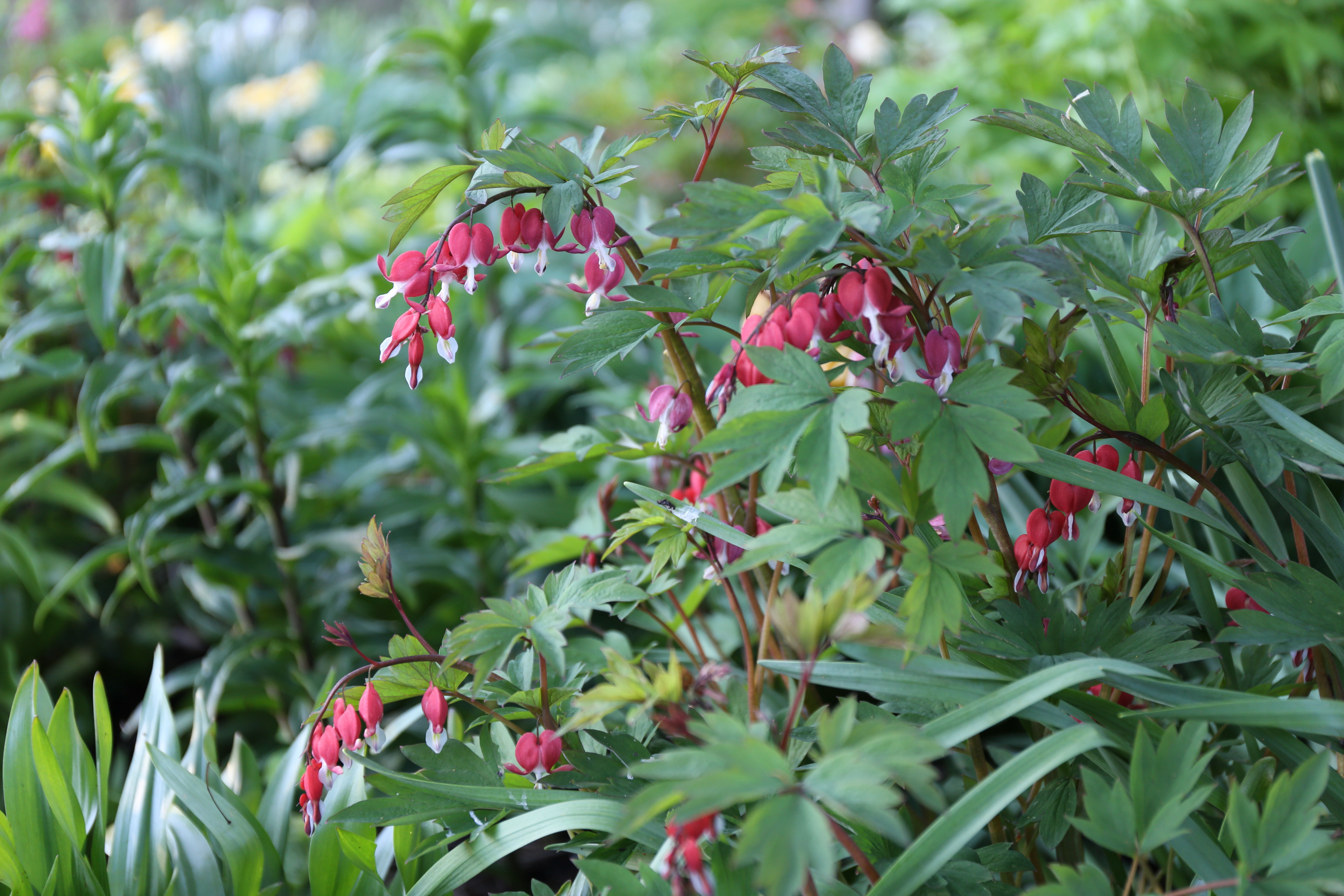
- Sanguinarias. Sanguinarias are a type of spring-blooming wildflower that is native to North America. They come in a variety of colors, including white, pink, and purple. Sanguinarias are deer-resistant, and they can help to add late spring color to the garden.

- Arisaemas. Arisaemas are a type of flowering plant that is native to Asia. They come in a variety of colors, including white, pink, and green. Arisaemas are deer-resistant, and they can help to add late spring color to the garden.
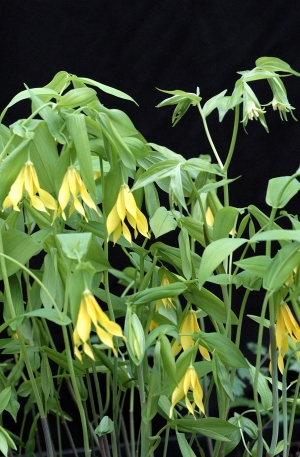
In addition to these plants, there are a number of other companion plants that can be grown with trilliums. Some good choices include spring-flowering bulbs, such as scilla, chionodoxa, and anemones; ferns; and shade-tolerant shrubs.
When choosing companion plants for trilliums, it is important to consider the plant's growing conditions. Trilliums prefer moist, well-drained soil and partial to full shade. Companion plants should have similar growing conditions and should not compete with trilliums for water or nutrients.
By planting trilliums with companion plants, you can help to protect them from deer, add early spring color to your garden, and create a beautiful and diverse woodland planting.
null
FAQ of trillium companion plants
5 Most Frequently Asked Questions About Trillium Companion Plants
Trilliums are beautiful woodland wildflowers that come in a variety of colors, including white, pink, and purple. They are also relatively easy to care for, making them a popular choice for gardeners. However, trilliums can be susceptible to pests and diseases, so it is important to choose companion plants that will help to protect them.
Here are the 5 most frequently asked questions about trillium companion plants, along with valuable insights and solutions:
1. What are the best companion plants for trillium?
Some of the best companion plants for trillium include:
- Hostas: Hostas are shade-loving plants that will help to protect trillium from the sun. They also have large leaves that can help to suppress weeds.
- Ferns: Ferns are another good choice for companion plants for trillium. They add a touch of elegance to the garden and help to keep the soil moist.
- Wild ginger: Wild ginger is a native North American plant that is well-suited for shady areas. It has attractive foliage and helps to improve the drainage of the soil.
- Anemones: Anemones are colorful wildflowers that bloom in the spring. They are not as tall as trillium, so they will not overshadow them.
- Trilliums: You can also plant different varieties of trillium together to create a more diverse and interesting garden.
2. What are some plants that should not be planted with trillium?
Some plants that should not be planted with trillium include:
- Daylilies: Daylilies are aggressive growers that can crowd out trillium.
- Irises: Irises can also be aggressive growers and may compete with trillium for water and nutrients.
- Daffodils: Daffodils can be toxic to trillium.
- Tulips: Tulips can also be toxic to trillium.
3. How far apart should trillium companion plants be planted?
The spacing of trillium companion plants will depend on the size of the plants. For example, hostas should be planted about 2 feet apart, while ferns can be planted closer together.
4. When should trillium companion plants be planted?
Trillium companion plants can be planted in the spring or fall. However, it is important to plant them when the soil is moist.
5. How do I care for trillium companion plants?
Trillium companion plants are relatively low-maintenance. However, they do need to be watered regularly, especially during dry periods. They also benefit from a light application of fertilizer in the spring.
Image of trillium companion plants
- Astilbe: This elegant fern-like plant adds height and texture to a trillium bed. It blooms in shades of pink, white, and purple, and it prefers moist, shady conditions.
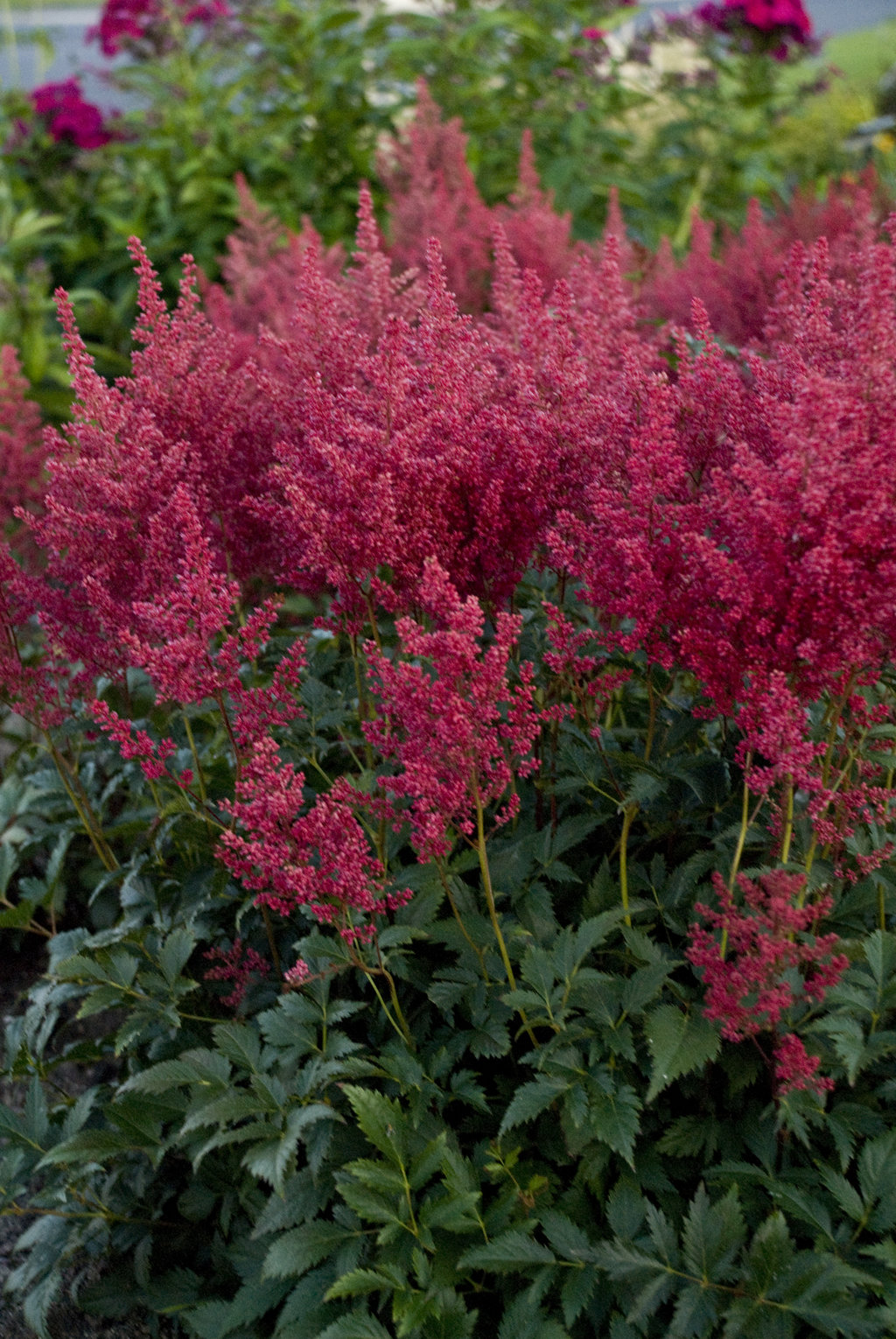
- Hosta: These shade-loving perennials come in a wide variety of colors and leaf shapes. They make great companions for trilliums because they have similar water and soil requirements.

- Anemone blanda: These delicate spring ephemerals bloom in shades of blue, pink, and white. They are perfect for filling in the gaps between trilliums and adding a touch of color in early spring.
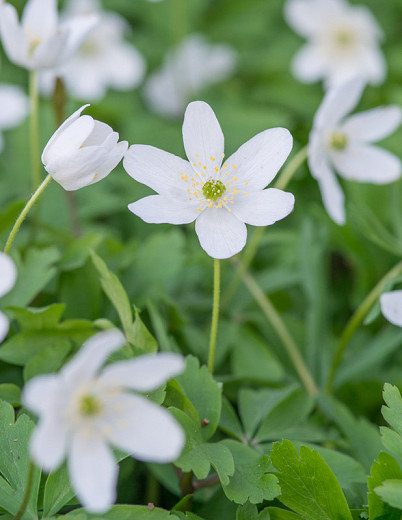
- Maidenhair fern: This graceful fern adds a touch of elegance to any garden. It prefers moist, shady conditions, and it makes a great companion for trilliums that are planted in the shade.
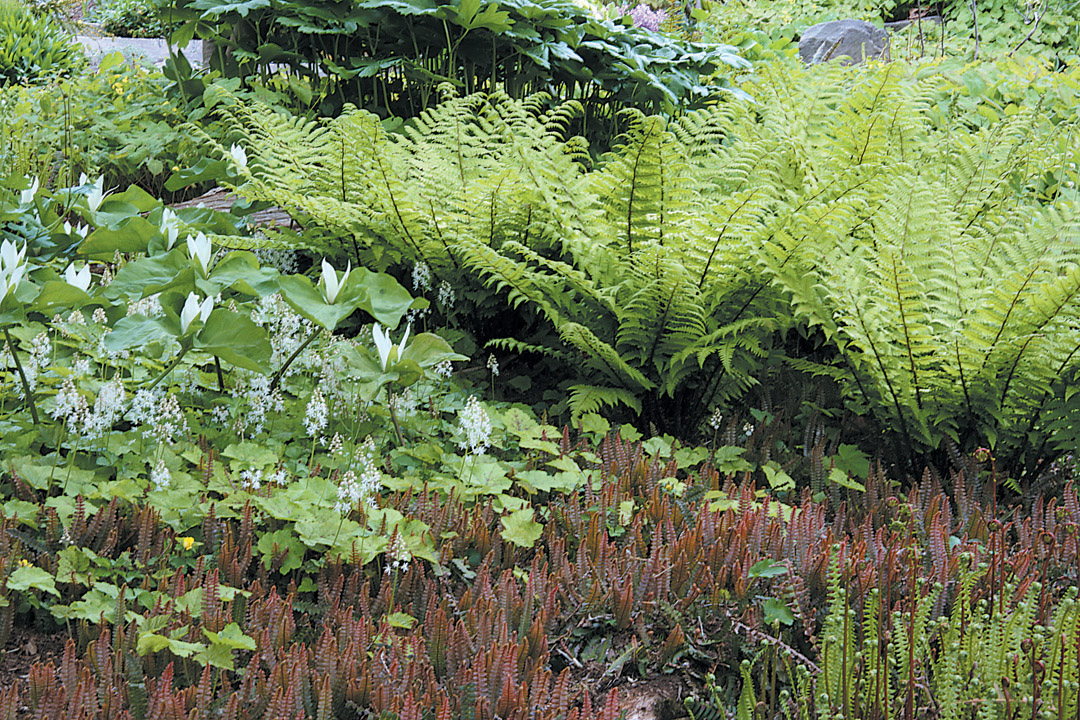
- Virginia bluebells: These native wildflowers bloom in shades of blue and purple in early spring. They are perfect for attracting pollinators to the garden, and they make great companions for trilliums that are planted in the woodland garden.

Post a Comment for "The Best Companion Plants For Trilliums"